Law Library Information Series
The Law Library Information Series offers discreet guides that will help you navigate your way through the world of Ohio and Federal law and the Library's physical layout and online catalog.
The guides are formatted as pamphlets, and can be downloaded and printed as such. Please call the Library (614.387.9680) or e-mail (libref@sc.ohio.gov) for additional information.
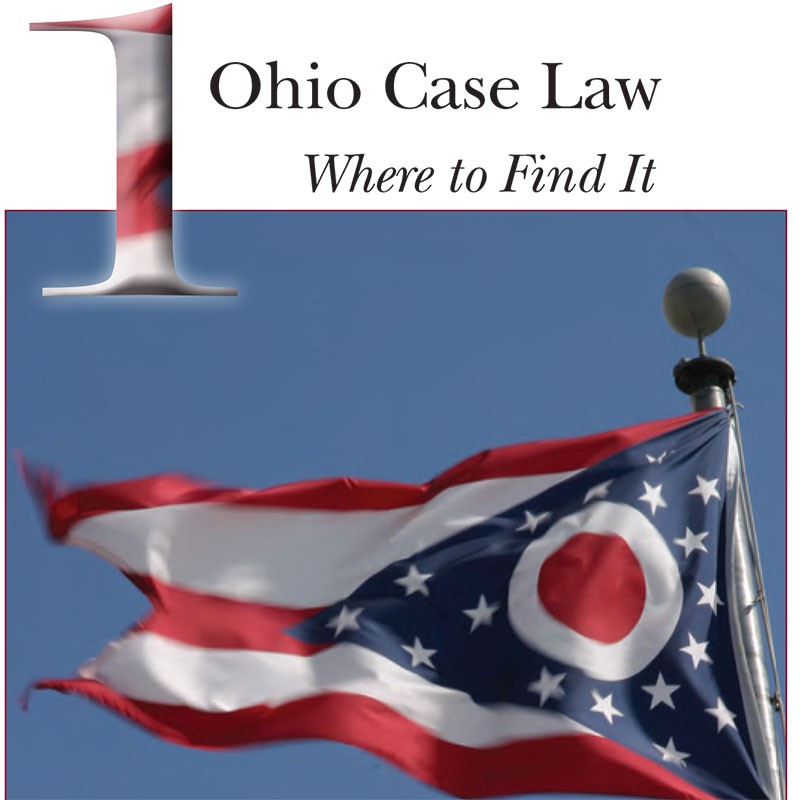
Finding Ohio case law became much easier with the advent of online searching. However, because libraries have books, CD-ROMs and microfiche, and usually do not charge for using them, it is still useful and cost-effective to have a working knowledge of how to find cases using these resources. This guide will help you locate the case law you need for your research.
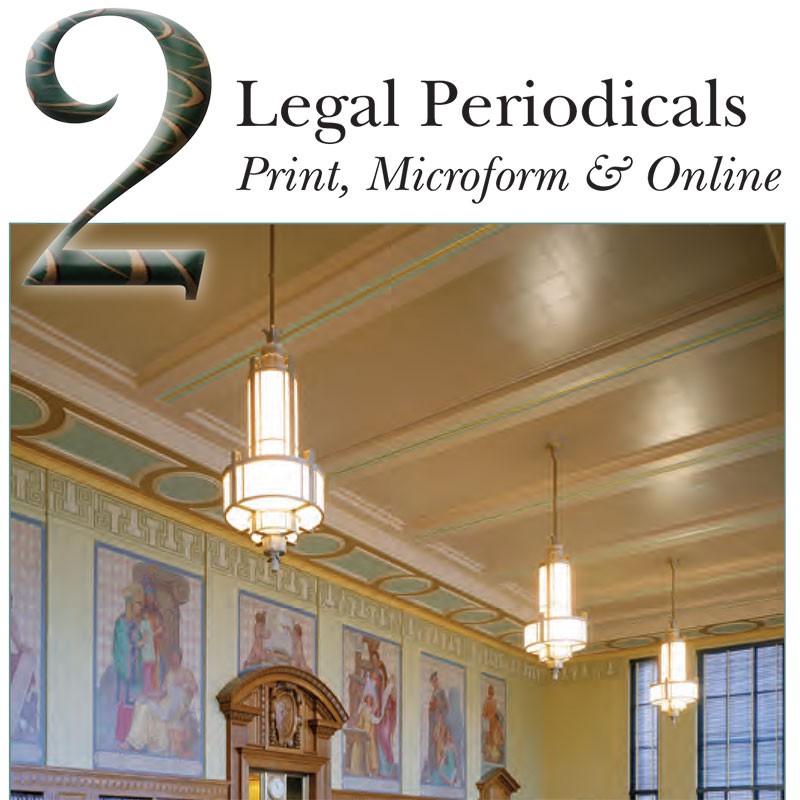
The online catalog lists periodicals in the collection by title and call number. Most periodicals issued in book format are on the 14th Floor in alphabetical order. Periodicals similar to newsletters are shelved by call number throughout the rest of the collection, and those on microfiche/microfilm are stored in the AV Room on the 12th Floor. Online periodicals can be accessed on library computers.
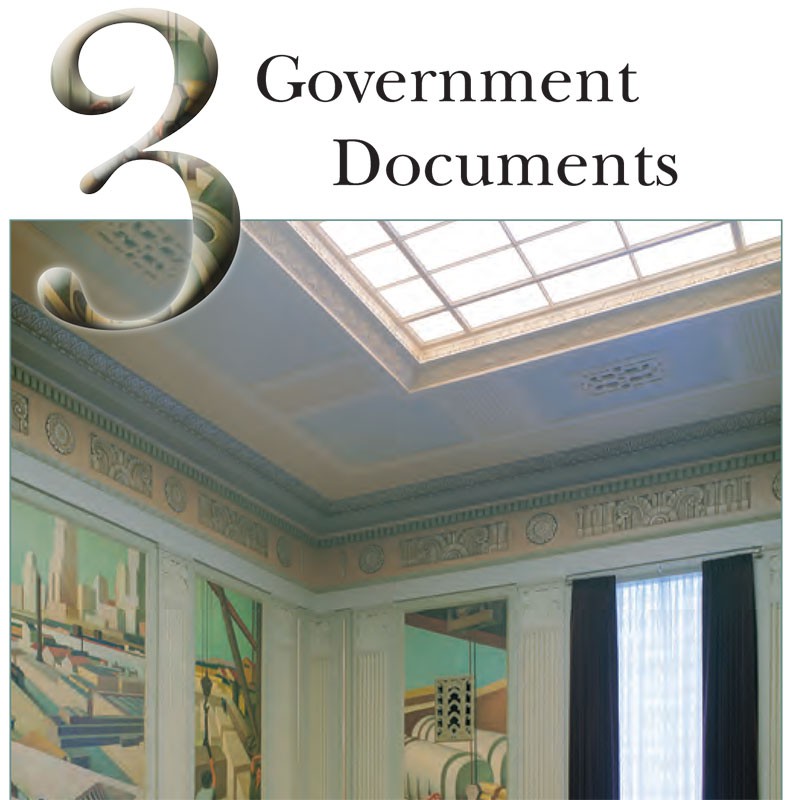
Congress established the Federal Depository Library Program (FDLP) in the mid-1800s to provide free public access to federal government publications. Administered by the Government Printing Office (GPO), the FDLP collects, organizes, distributes and preserves information produced by the legislative, executive and judicial branches of the federal government.
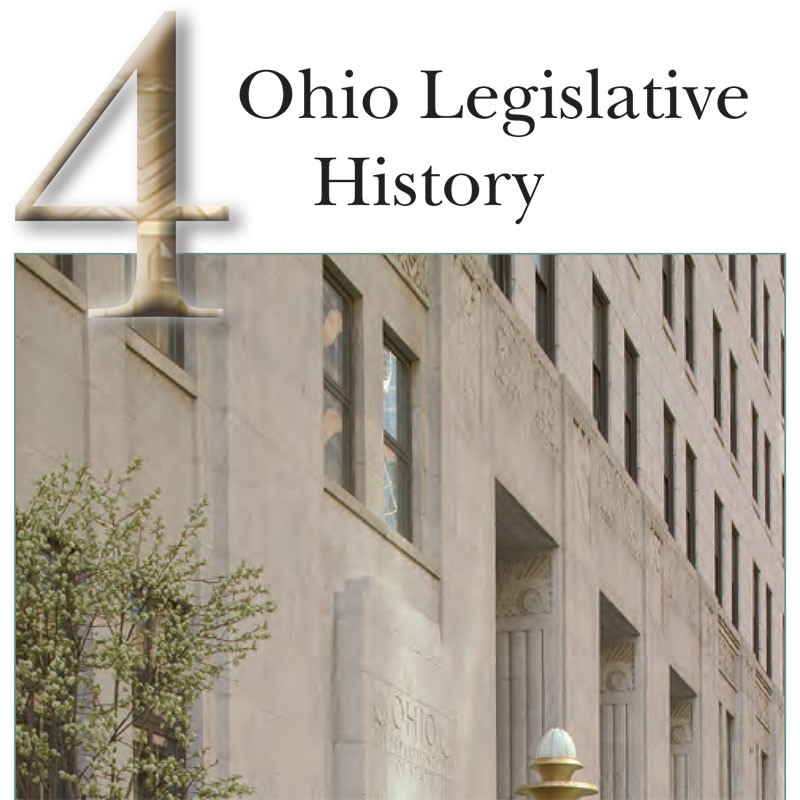
Uncovering the history of Ohio bills and laws — including discovering any indication of legislative intent — can be challenging because formal documents reflecting legislative activity are not always available. However, even in the absence of a clear paper trail, certain valuable sources of information are available at the Supreme Court of Ohio Law Library.
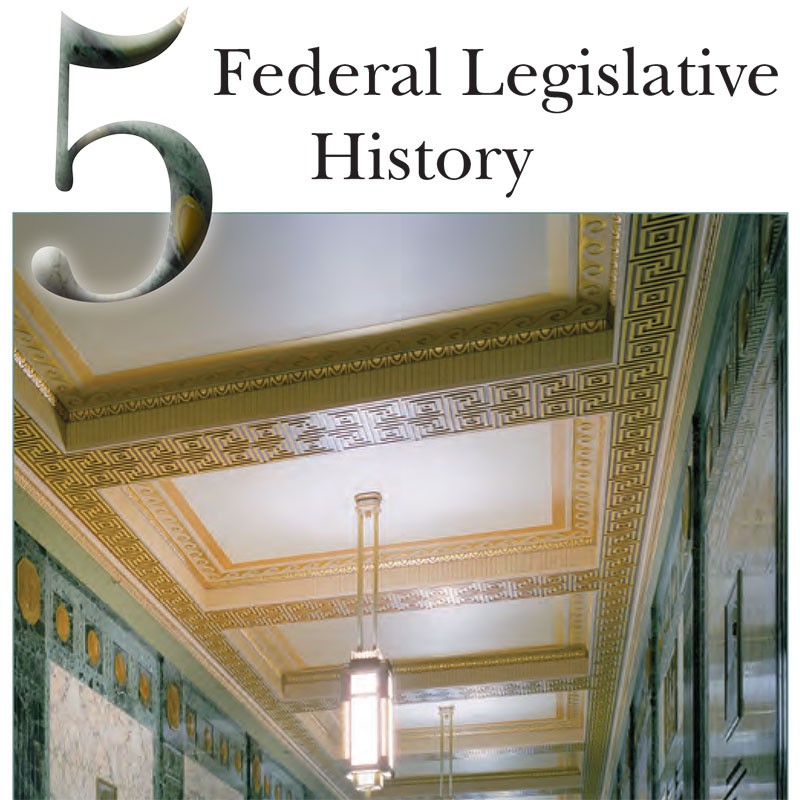
A federal legislative history is a compilation of the documents that track a bill as it moves through Congress. Federal legislative histories are used to understand the purpose and intent of federal statutes. When a question arises concerning the applicability or interpretation of a statute, a legislative history can be compiled or consulted to better understand the reasons for the enactment of that statute.
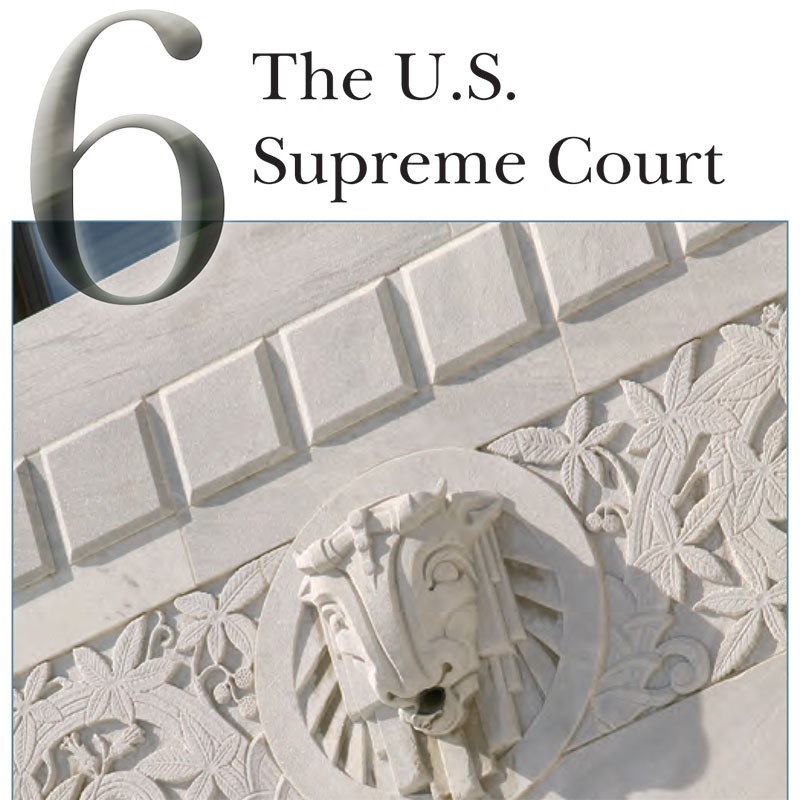
Article III, Section 1 of the U.S. Constitution provides that the "judicial power of the United States shall be vested in one Supreme Court." Created in accordance with this provision and by authority of the Judiciary Act of 1789 (1 Stat. 73), the Supreme Court convened for the first time on Feb. 2, 1790. The Court, which holds a continuous annual term commencing on the first Monday in October (28 U.S.C. §2), consists of the Chief Justice and eight associate Justices.
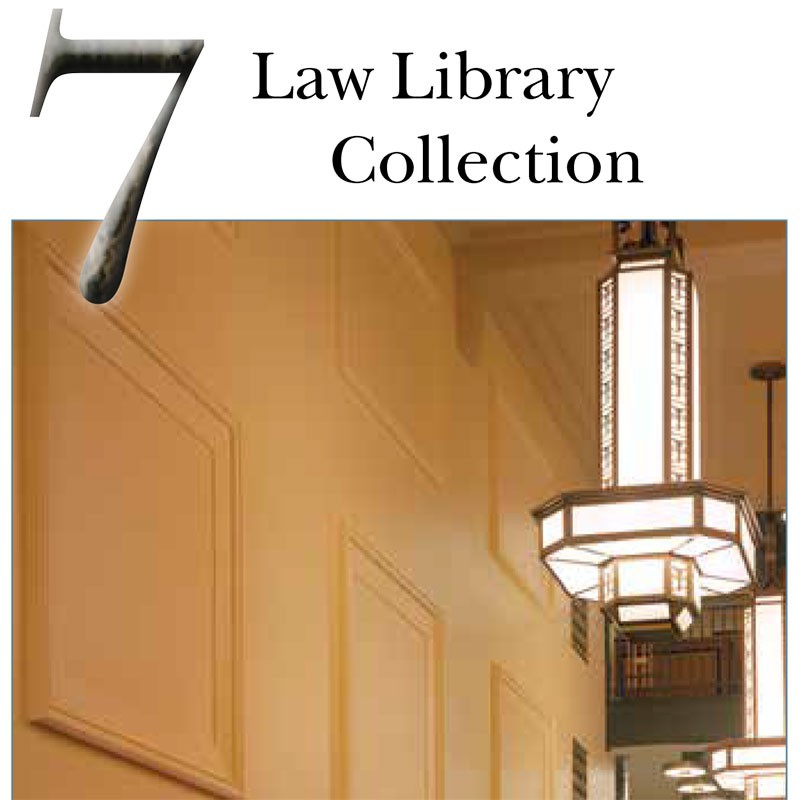
This guide will help you navigate the Supreme Court of Ohio Law Library collection, which is housed on the 11th through 15th floors of the Thomas J. Moyer Ohio Judicial Center. If you have any questions, please visit the circulation desk on the 11th Floor.
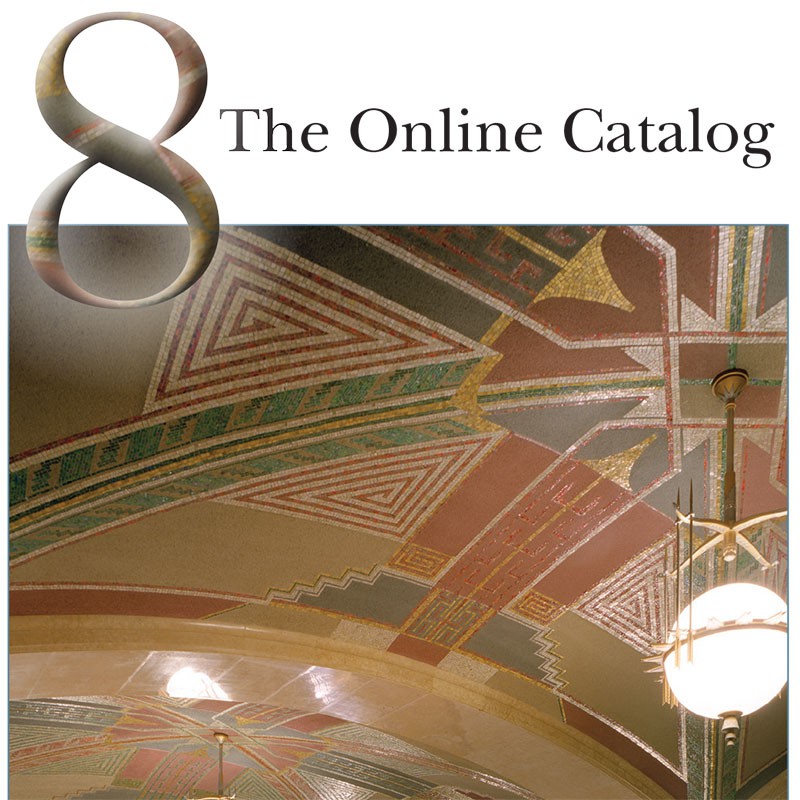
The online catalog lists items the library owns or has access to, including books, serials, AV materials, CD-ROMs, DVDs, Web sites, etc. The catalog is accessible through public workstations in the library or online. Click Library Catalog to use the catalog.
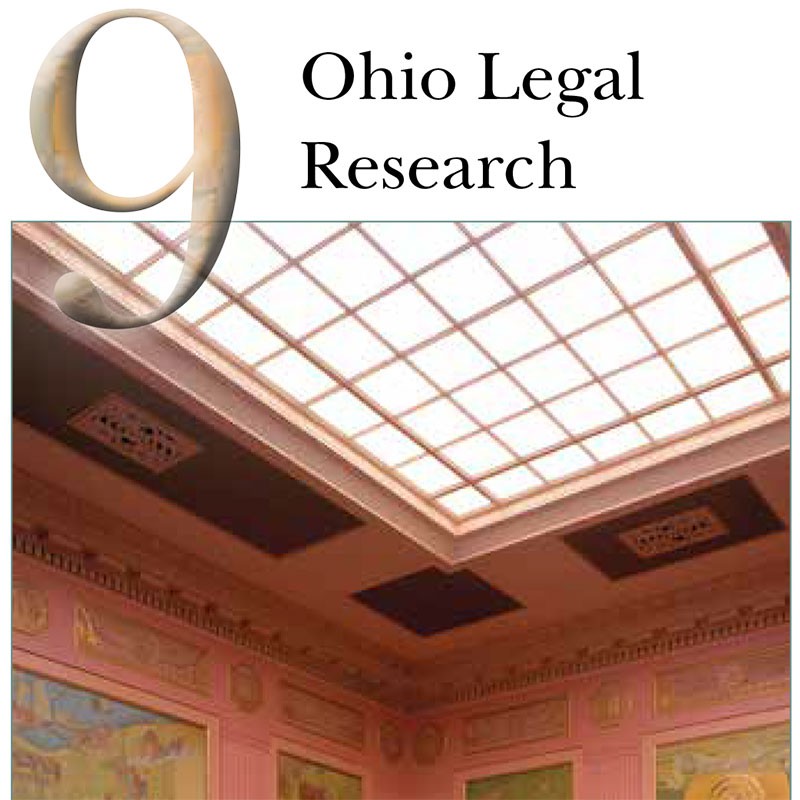
The Supreme Court of Ohio Law Library has a wide variety of print and electronic resources that are helpful for conducting research on the Constitution, laws and legal history of Ohio. The majority of the Ohio collection is shelved on the 11th Floor in the Ohio stacks or in the Reading Room.
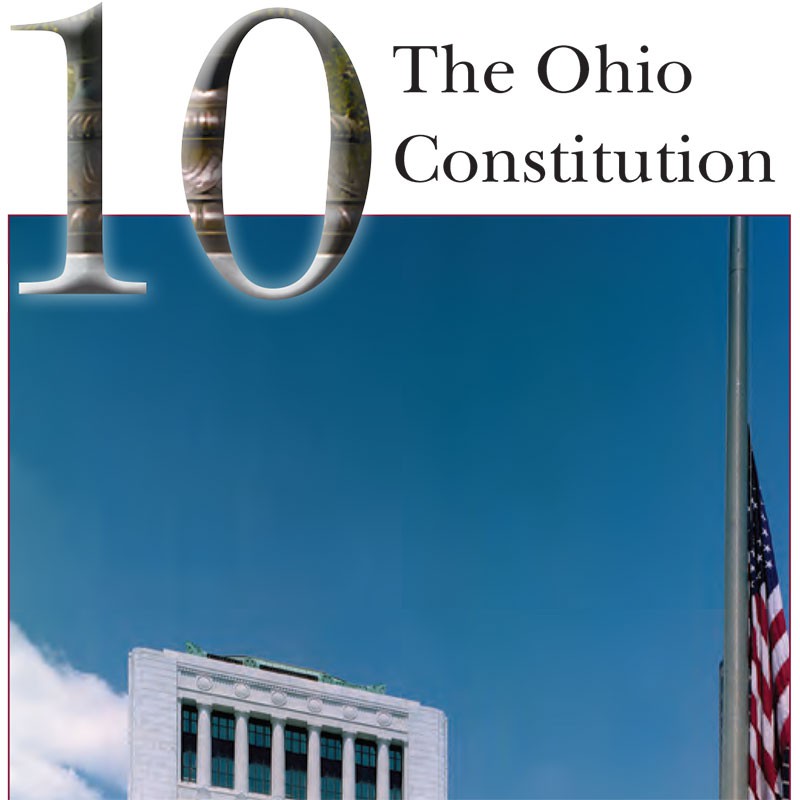
The Ohio Constitution is the fundamental law of Ohio. The Constitution defines what rights are guaranteed to Ohio citizens and organizes the government into three separate branches: legislative, executive and judicial. The first Constitution was adopted in 1802 as a prerequisite to statehood. The current Ohio Constitution, which dates from 1851 (as amended), is the second in the state's history.
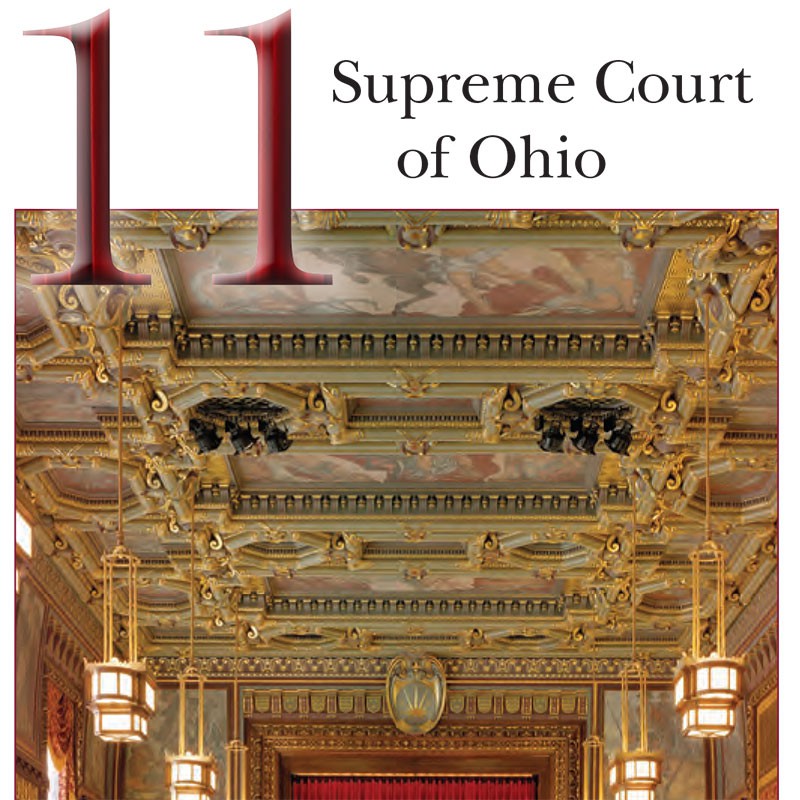
Article IV, Section I, of the Ohio Constitution establishes the Supreme Court of Ohio as the court of last resort in Ohio. Article IV, Section 2, sets the size of the Court and outlines its jurisdiction and Article IV, Section 5, grants rule-making and other authority to the Court. The Court consists of the Chief Justice and six Justices, who are elected to six-year terms.
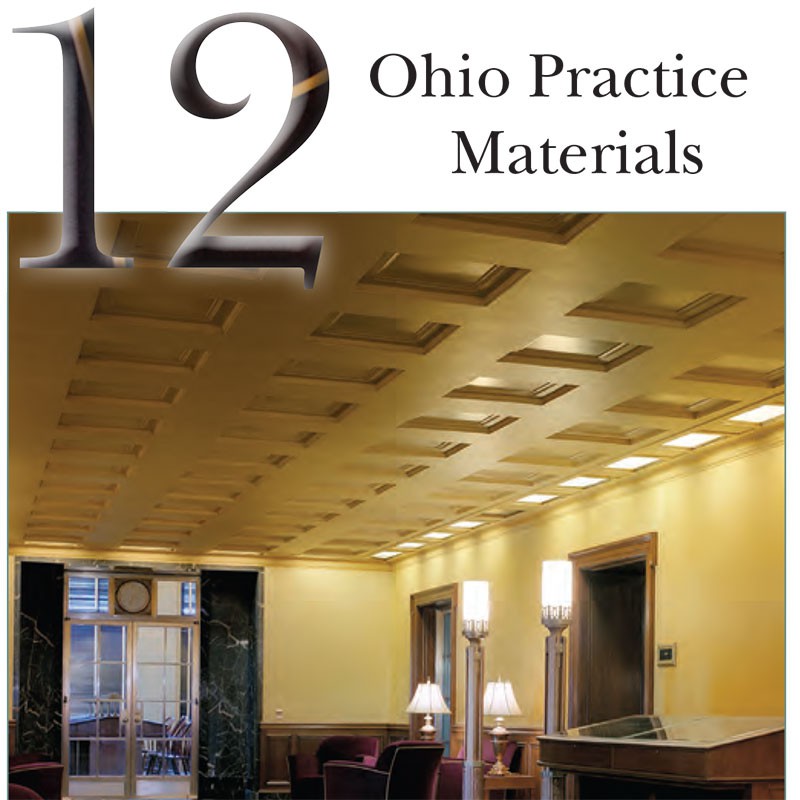
Secondary sources describe, explain and analyze the law and are excellent research tools for accessing primary source materials. The Supreme Court of Ohio Law Library has an extensive collection of practice materials on a variety of subjects that provide in-depth discussions on Ohio law, sample forms and annotations to primary sources. The majority of the Ohio treatises are shelved in the Ohio stacks on the 11th Floor.
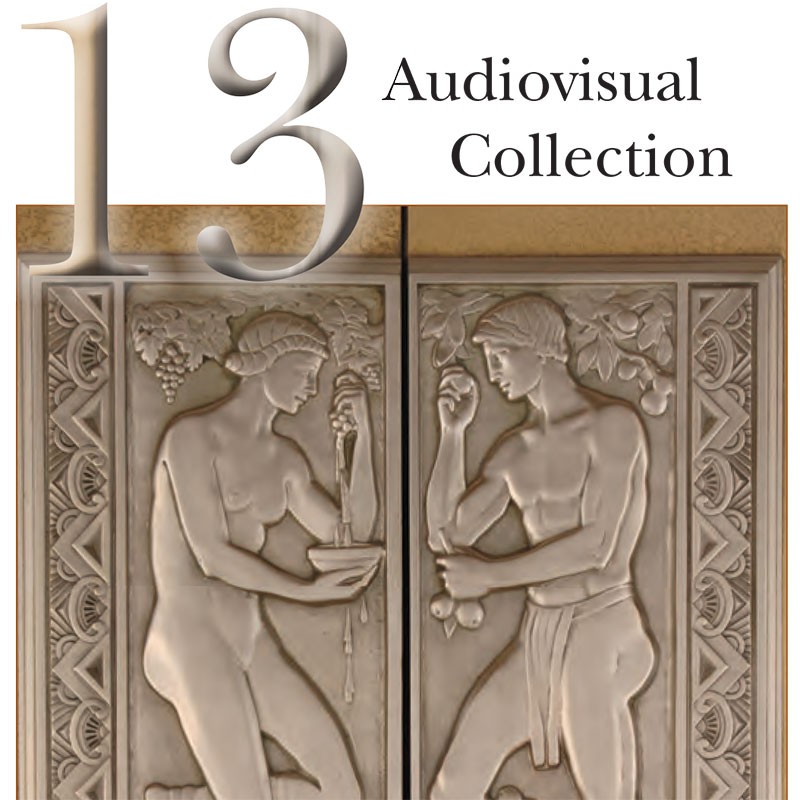
The Audiovisual Room on the 12th Floor of the Law Library houses a large collection of Ohio and U.S. research material, as well as unique collections. Formats include microfilm, microfiche, CD, DVD and videotape.
